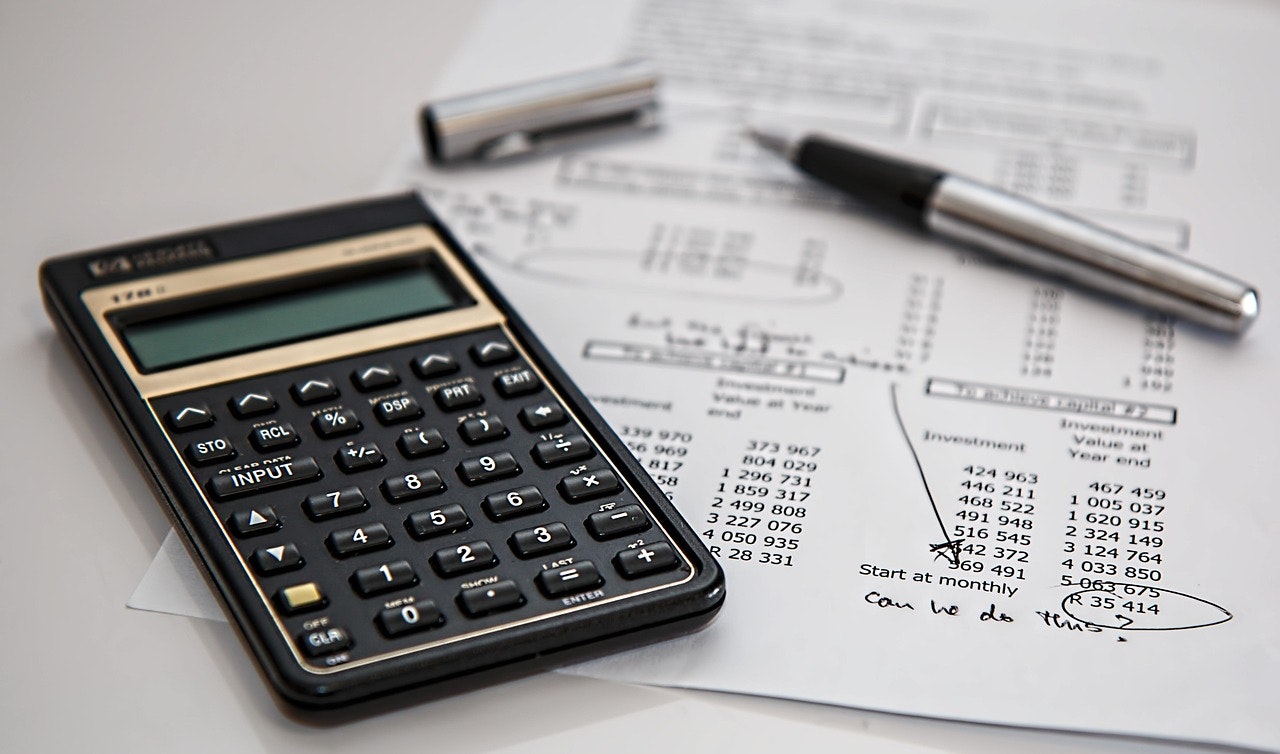
How to Document Hurricane Damage: Tips for a Strong Insurance Claim
After a hurricane, the chaos and stress can make it overwhelming to handle everything at once. However, documenting the damage to your property thoroughly and accurately is one of the most important steps in ensuring your insurance claim is successful. Proper documentation helps your insurance company understand the full extent of your loss—and can prevent disputes or delays in your settlement.
Here’s a step-by-step guide to documenting hurricane damage effectively.
1. Prioritize Safety Before Documenting
Before inspecting your property, make sure it’s safe to enter:
-
Watch out for downed power lines, flooded areas, and structural damage.
-
Wear sturdy shoes, gloves, and protective clothing.
-
If your home is unsafe, wait for authorities to clear the area before documenting.
2. Start With an Overview
Begin by capturing the big picture:
-
Take wide-angle photos or videos of each affected area.
-
Include the exterior of your home, roof, and surrounding property.
-
Show the overall context of the damage before focusing on specifics.
3. Focus on Specific Damages
Next, document individual items and structural damage:
-
Take clear, close-up photos of broken windows, doors, roofs, siding, or fences.
-
Photograph damaged personal property, such as furniture, electronics, and appliances.
-
Include any serial numbers, model numbers, or identifying marks when possible.
Tip: Use both photos and videos for a more complete record.
4. Create Written Records
Visual documentation is critical, but written records are equally important:
-
Make a detailed inventory of damaged items, including description, quantity, and estimated value.
-
Note the date and time when you first observed the damage.
-
Record any temporary repairs you make to prevent further damage, along with receipts.
5. Keep All Receipts and Estimates
Insurance companies may reimburse temporary repairs and replacement costs, so maintain a clear record:
-
Save receipts for tarps, boarding materials, or contractors.
-
Document any repair or replacement estimates from licensed professionals.
-
Keep all paperwork organized in a dedicated folder or digital file.
6. Avoid Discarding Damaged Property Too Soon
-
Preserve damaged items until your insurance adjuster has reviewed them, unless they pose a safety hazard.
-
This provides proof of loss and strengthens your claim if disputes arise.
7. Consider Professional Assistance
Insurance companies may try to minimize payouts, or complicated damage might be difficult to assess on your own. A hurricane claims attorney can help:
-
Ensure all damage is properly documented.
-
Provide guidance on submitting a claim that reflects the full extent of your loss.
-
Advocate for fair compensation in disputes or denials.
At Diane Zimmerman Law, we specialize in hurricane and disaster claims across Florida and Georgia, helping homeowners document damages correctly and fight for the settlement they deserve.
8. Organize and Review Everything
-
Keep a chronological folder of photos, videos, receipts, and written records.
-
Maintain a timeline of events, repairs, and communications with your insurer.
-
Review all documentation carefully before submitting your claim to ensure nothing is missing.
Final Thoughts
Documenting hurricane damage may feel daunting in the aftermath of a storm, but thorough and organized records are crucial for a strong insurance claim. From safety first to detailed photos, written records, and professional guidance, every step helps protect your home and your rights.
If you’ve experienced hurricane damage in Florida or Georgia, contact Diane Zimmerman Law for expert guidance in documenting your losses and maximizing your insurance claim.
